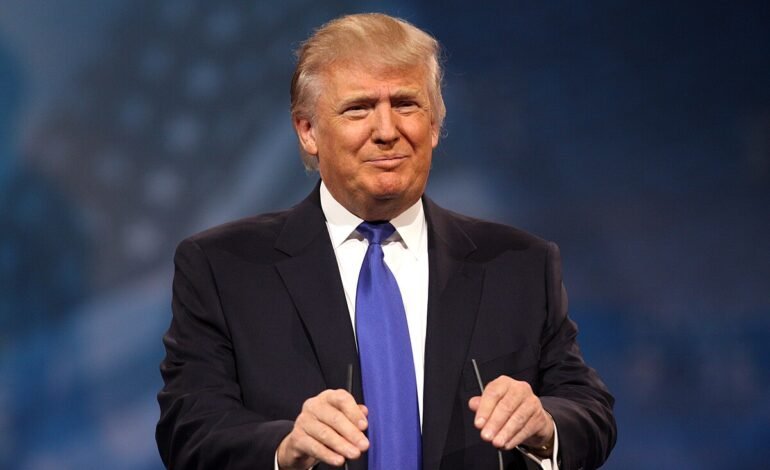Gage Skidmore from Peoria, AZ, United States of America, CC BY-SA 2.0, via Wikimedia Commons
President Donald Trump has taken a notable foreign policy step by sending two of his top emissaries to strengthen the ceasefire between Gaza and Israel, while publicly urging the warring parties to consolidate the truce and move toward a broader political solution.
Trump's designated envoys are:
- Steve Witkoff, U.S. Special Envoy for the Middle East.
- Jared Kushner, advisor to the president and the president's son-in-law, who has been playing a key role in the ceasefire negotiations.
Both arrived in Israel this Monday with the mission of monitoring compliance with the ceasefire that went into effect on October 10, and whose future, according to diplomatic sources, "hangs in the balance" following a spike in violence.
The ceasefire and its precarious validity
The ceasefire agreement was pushed by the Trump administration as part of a broader peace plan for the Gaza Strip, following more than two years of conflict between Israel and the Hamas group.
However, the truce faced a major setback over the weekend: Israeli forces resumed attacks on Gaza after two Israeli soldiers were killed in the town of Rafah, leading to a brief suspension of humanitarian transit and calling into question the continued existence of the ceasefire.
In this context, Trump told the press that "yes, the ceasefire is in effect," although he clarified that the situation "will be handled harshly, but appropriately." He also stated that it is unclear whether Hamas's chain of command directly approved the attack, suggesting that it could have been "internal rebels."
Reasons and objectives of the US deployment
The sending of Witkoff and Kushner is due to several strategic reasons:
- Monitor and follow up on the ceasefire agreement, ensuring that Israel and Hamas respect its terms.
- Maintain the US as a central player in Middle East diplomacy, strengthening its role as mediator.
- Given the upsurge in violence, we must try to prevent the truce from collapsing and a new escalation involving more regional actors.
What are the implications of this action by Trump?
According to experts, the actions taken this weekend reinforce Trump's profile as an active leader in international affairs, which could strengthen his image as a "peacemaker" among certain electoral sectors.
On the other hand, in terms of foreign relations, the success or failure of the ceasefire will affect its credibility as a mediator. If the conflict flares up again, Washington could be compromised.
If the truce holds, it opens the door to the reconstruction of Gaza and a new diplomatic order between Israel, Arab countries, and Palestinian actors. Trump has already spoken of "integrating" Israel into the Middle East and improving Palestinian living conditions.
For now, the question remains whether the demilitarization of Hamas (one of the plan's points) will be effectively implemented. Meanwhile, simmering tensions remain.
Challenges they face
- Hamas's authority over its own factions has been questioned, which could pose a risk of non-compliance with the agreement.
- Israel makes certain steps (such as the return of humanitarian aid) conditional on concrete progress by Hamas, which could lead to friction.
- The Trump administration must strike a balance: applying pressure without provoking a new escalation that spirals out of US control.
- Rebuilding and stabilizing Gaza requires not only a ceasefire, but also a long-term political and economic plan, which is not yet fully defined.
Trump's announcement to send his emissaries aims to play a leading role in ensuring the continuation of the ceasefire in Gaza.
They will ensure the effective implementation of the truce, reconstruction, and future governance in Gaza and relations with Israel and Arab countries.
What is known so far is that the truce remains in place—albeit fragile—and the United States has calibrated a new diplomatic deployment to prevent the conflict from descending into open violence.
For more stories like this, follow More Latin.
Sources:

